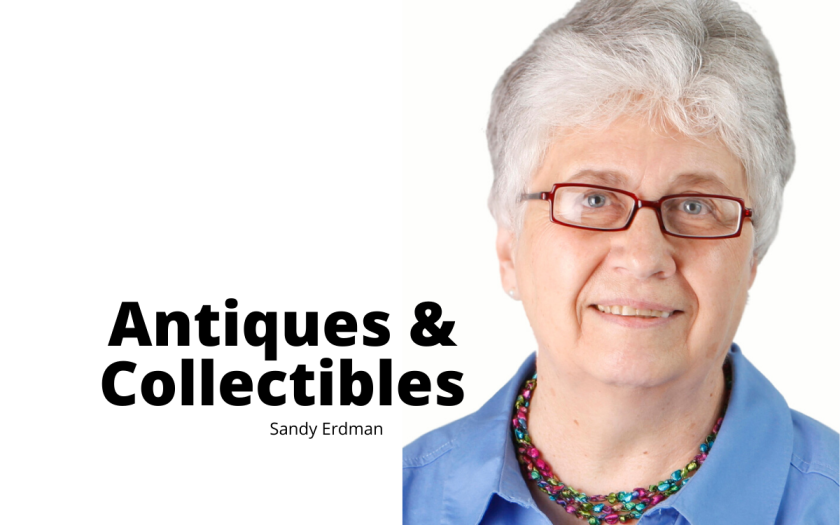
The "half doll" is a dainty porcelain or bisque figurine, fashionable in the early 20th century with an upper body, head, arms, but no legs.
These dolls were produced in the thousands at the height by German factories such as Dressel & Kister, Heubach, Goebel and Kestner.
Due to changes in manufacturing, the dolls began to be mass-produced, making them more affordable but they were poorly molded and badly glazed. These half dolls were sold in dress-making sewing shops, novelty shops and were even assembled in homes to be used as a pincushion or a "cozy" for teapots or items on a woman's dresser. Most were made in Japan, France and America.

Their skirts were sewn onto them as decorative covers for everyday household objects such as powder boxes. The most popular half dolls were modeled after pretty women, but male dolls were produced too, in addition to children, such as a pair of Dutch boy and girl, and a variety of animals.
Appealing to collectors
ADVERTISEMENT
"I started collecting half dolls when I saw some at an auction in 1998 in Fairmont," said Joan Thilges, of Mabel. "I was intrigued since I am a seamstress and the thought of dolls serving as pincushions interested me. I had never seen any before that and growing up, my family was very practical and never indulged in such whimsical items.”

Thilges has more than a dozen in her collection, although most of them are tucked away until she adds new pincushions and skirts.
“I have five of my favorites on display. One favorite is a tiny whisk broom half doll, she's a souvenir piece marked by someone from West Bend, Iowa, near where I grew up,” she said.
Values start around $15 to $30 for the basic doll made from a single mold so the arms lie against the body. Mid-price dolls have arms set farther away from the body, while the finest dolls have delicately sculpted, outstretched arms and can be worth up to $500.
Detailed painting and smooth bisque were also an indicator of quality.
Large dolls and those with their original skirts, which were often elaborate and made from a variety of fabrics, are particularly sought by collectors.
“I have spent less than $10 for a common half doll with arms molded next to her body. They're hard to dress but easy to find," Thilges said. "Those with their arms away from their bodies or intact pincushions can be well over $20, a price I'd gladly pay for an unusual sculpt. I haven't paid over $35, but there are some highly collectible half-dolls, often from German doll makers, selling for well over $100.”
Thilges said she enjoys showing people her collection, especially since few people know what they are.
ADVERTISEMENT
"I find it amazing that in days past, useful things like pincushions, whisk brooms and powder puffs could be made with such care and beauty,” she said.
Collectors tips
- Look for dolls with period details and clothing such as 1920s hairstyles or 1930s outfits.
- Check for chips or re-gluing.
- Look at the back waists for manufacturers identification marks.
- To clean the delicate dolls: Either blow off the dust or use a feather duster.
Sandy Erdman is a Winona-based freelance writer and certified appraiser concentrating on vintage, antique and collectible items. Send comments and story suggestions to Sandy at life@postbulletin.com .









